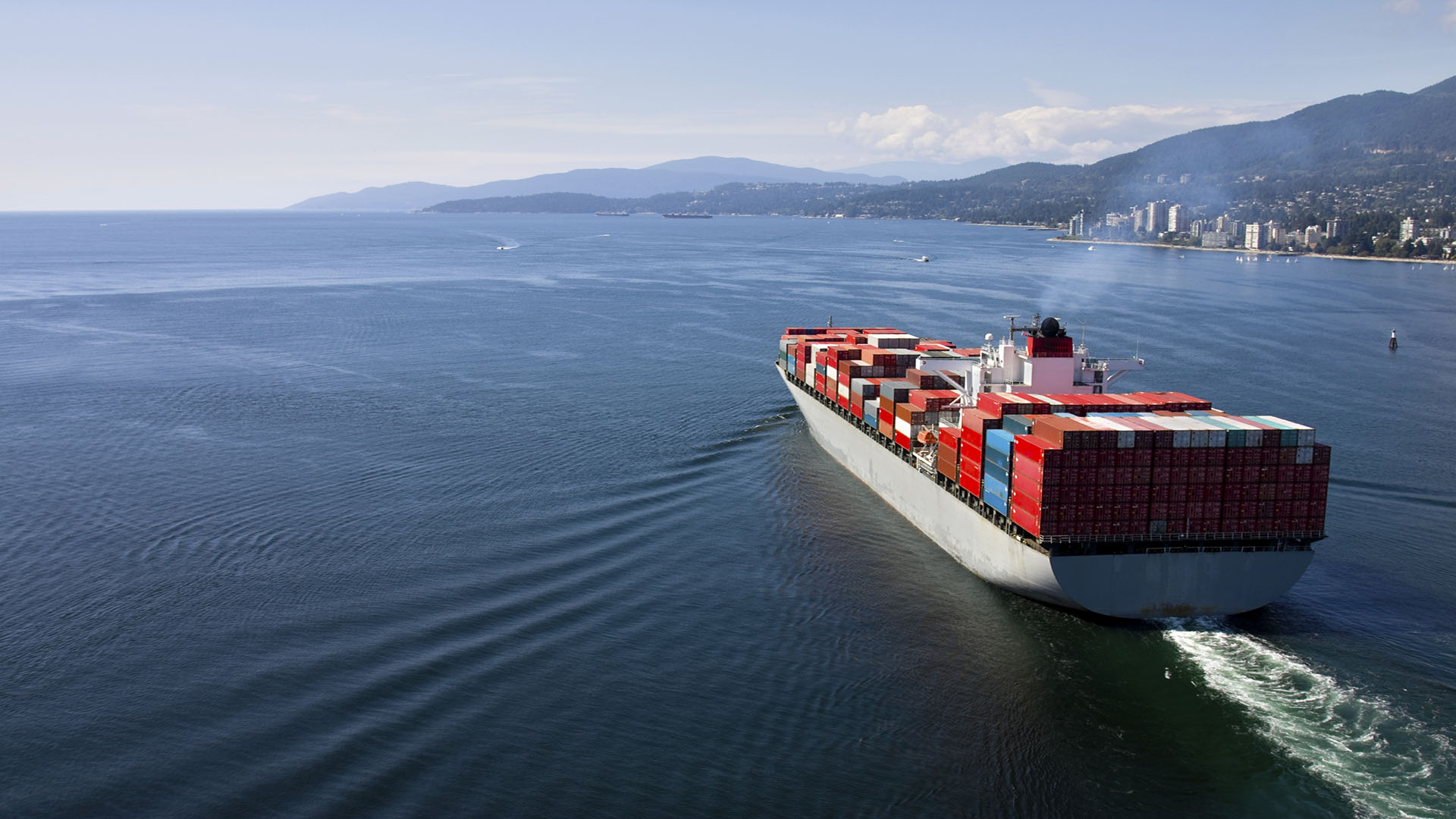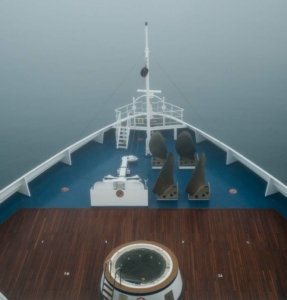
MSS Case June: Grounding in restricted visibility
 A bulk carrier was in a river port discharging its cargo. The vessel had been experiencing problems with the X-band radar and this had finally failed prior to arrival. The Master had not reported this to the port authorities, but the pilot reported it after arrival. While alongside, the electrician was unable to repair the radar – the Master then arranged for a service engineer to attend but he too was unsuccessful.
A bulk carrier was in a river port discharging its cargo. The vessel had been experiencing problems with the X-band radar and this had finally failed prior to arrival. The Master had not reported this to the port authorities, but the pilot reported it after arrival. While alongside, the electrician was unable to repair the radar – the Master then arranged for a service engineer to attend but he too was unsuccessful.
During the night, dense fog reduced visibility in the port. At 04.00 the discharge was complete, and the port asked the Master if the vessel was ready to sail. The Master responded that he was not happy to sail in reduced visibility. A pilot embarked the vessel at 05.30 and agreed that they should delay departure until the fog had dissipated. The tugboat was not allowed to work in restricted visibility and so the Master left the bridge after a brief discussion with the pilot.
A little later the port called the pilot and asked when the vessel would be ready to sail as visibility had slightly improved. It was still foggy with patches of denser fog, but conditions had improved slightly. The pilot and the Master discussed the situation and the Master agreed that they could depart but stressed that he was not really comfortable doing so. He then told the Second Officer to prepare the bridge for departure. The Chief Officer came onto the bridge and the Second Officer proceeded to the forward mooring station after which the pilot then asked the Chief Officer to set up the S-band radar. Unfortunately, he was unable to set it up in line with the pilot’s requirements.
The Master and pilot discussed how to manoeuvre in the fog but did not agree areas of responsibility. At departure the pilot had the conn and the Master was monitoring. The tugboat was beside the vessel but did not connect. At 06.30 all lines were let go and the vessel departed. The pilot and Master were on the bridge wing and the Chief Officer was in the cockpit. At the time of departure there was a flood tide, and the current pushed the vessel towards the opposite bank.
There was some interference on the radar display, so the pilot was confused about the vessel’s position. The pilot ordered dead slow but the flood tide continued to push the vessel towards the opposite bank. Neither the pilot nor the Master could see any of the banks in the fog. The Chief Officer did not provide any information about the vessel’s position.
The pilot increased speed slightly but did not realise that the vessel was closing onto the south bank. The VTS called the vessel and informed it that the vessel was south of the fairway, however the pilot could not hear this because the VHF on the bridge wing was turned down. The Chief Officer did hear that the VTS was calling and informed the pilot. However by this time the vessel’s stern was just a cable from the south bank. When the Master realised that the VHF was turned down and that the pilot was worried about the position he ordered half ahead. It was too late as the vessel’s stern was ground.
Read more about this case in the latest Monthly Safety Scenario.
For more Loss Prevention information, please contact:
Joakim Enström, Loss Prevention Officer
E-mail: joakim.enstrom@swedishclub.com
Each month the Club’s Loss Prevention team issues a new safety scenario to assist members in their efforts to comply with international safety regulations and follow best practices.